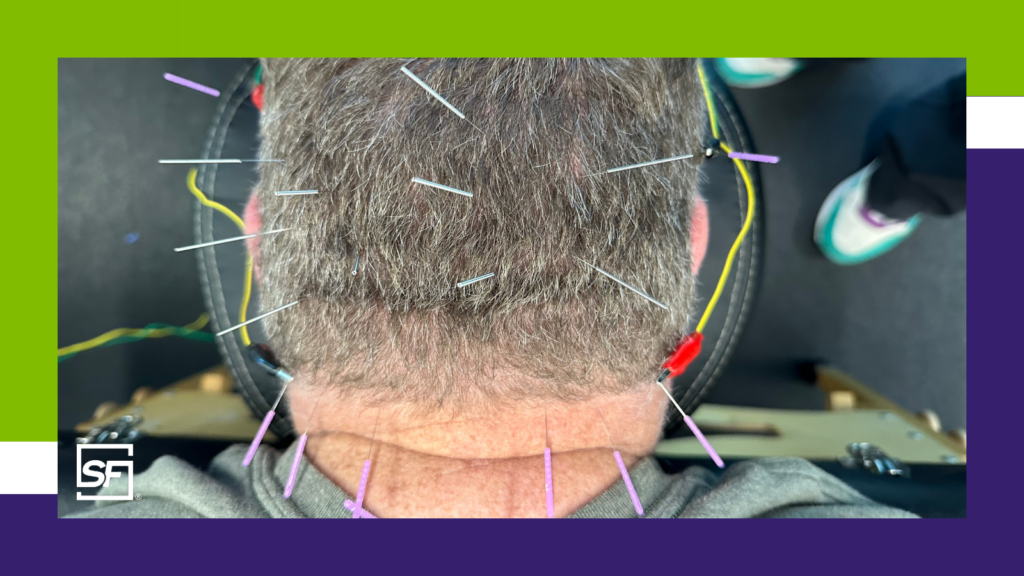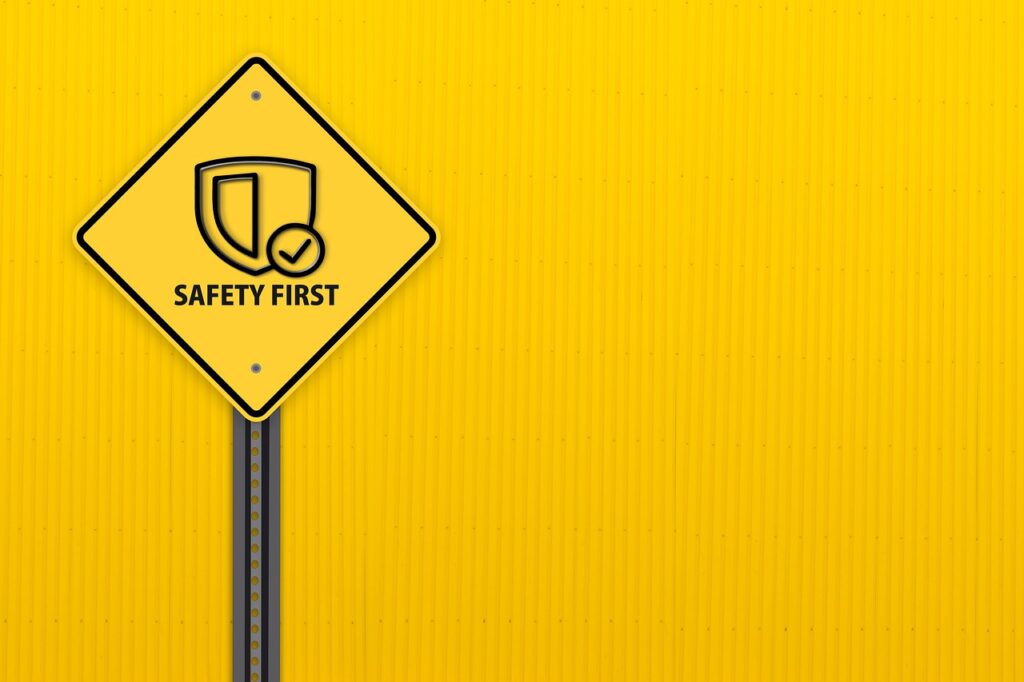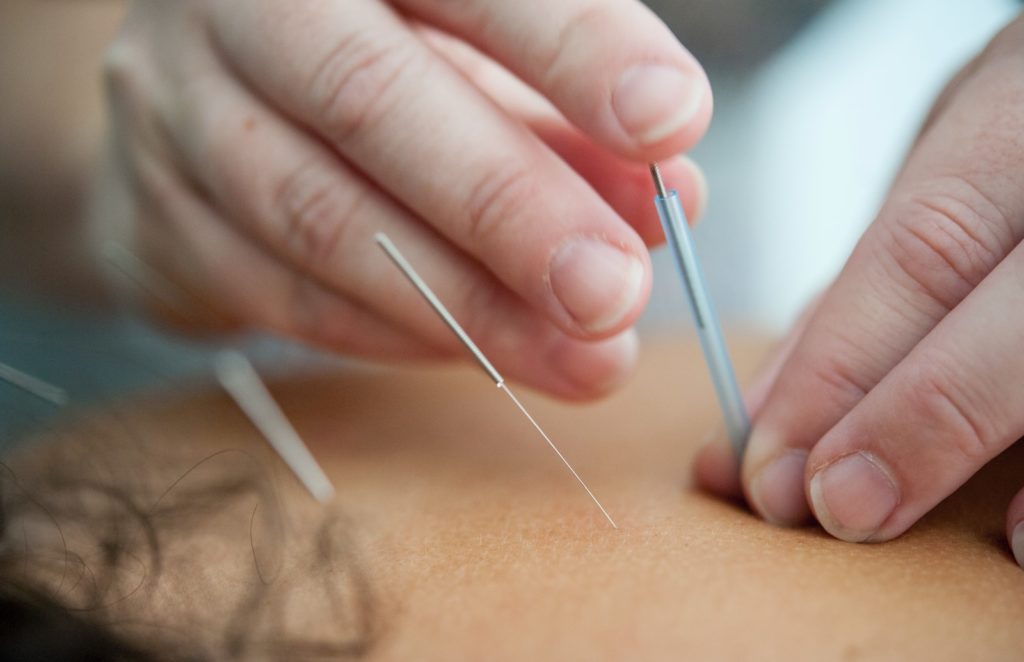The 12 days of dry needling, a gift guide for 2024
The holiday season is a time for singing songs, making cookies, and catching up on studies. Forget the five golden rings; we are opening something more critical this year. Twelve days of cutting-edge dry needling research. Consider this your gift guide for enhancing patient care in the coming year! Like the 12 Days of Christmas, […]
The 12 days of dry needling, a gift guide for 2024 Read More »





















